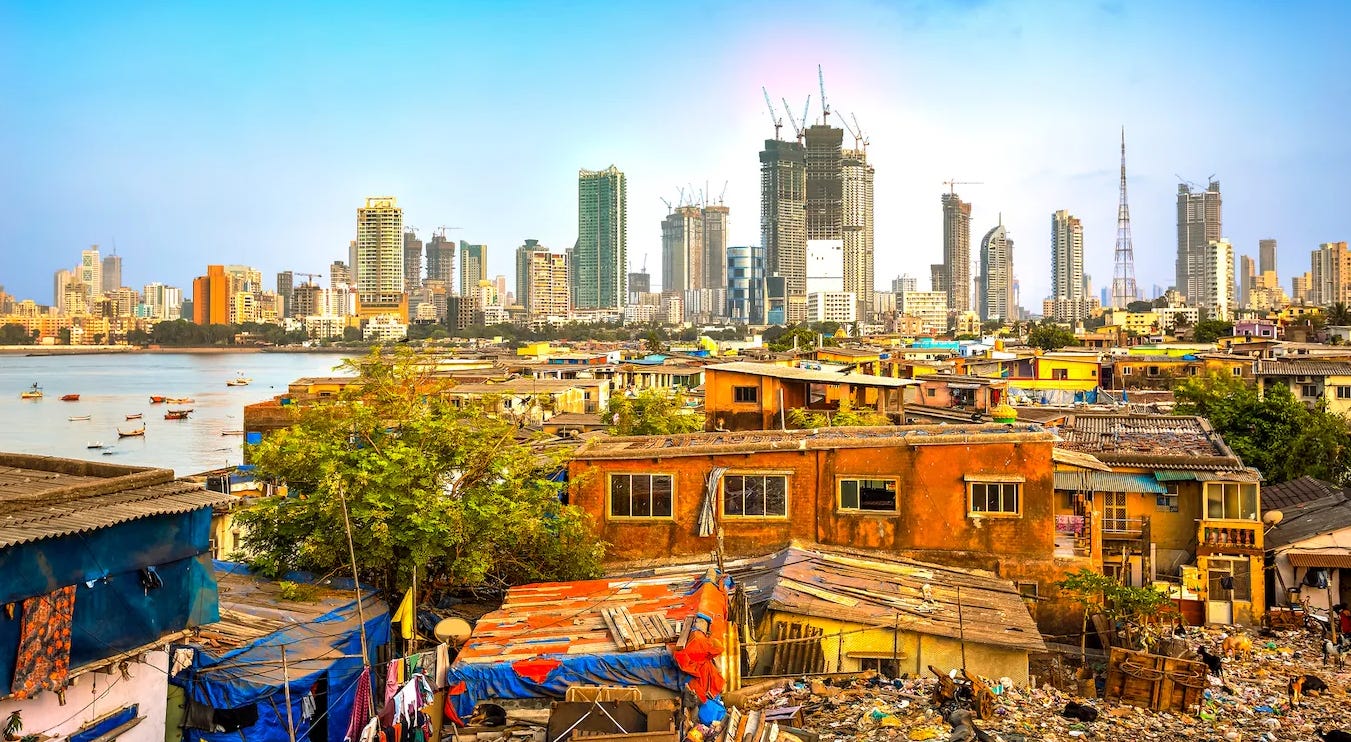Decoding the Elements Behind the Economic Inequality
The world has 196 nations, and the economic gap between the affluent and the impoverished is remarkable. The wealthiest 25 countries boast an average per capita income exceeding $100,000 annually, while the 20 poorest nations struggle with incomes below $1,000 per year or less than $3 per day. This essay seeks to examine the elements contributing to this inequality and provide a deeper comprehension of the obstacles encountered by underprivileged countries.
Three primary elements contribute to a nation's affluence or poverty: institutions, culture, and geography.
Institutions
Institutions are crucial for a country's prosperity. Wealthy nations typically possess robust institutions, whereas impoverished countries frequently suffer from feeble or corrupt ones. There is a direct link between corruption and poverty; the richest countries are often the least corrupt, while the poorest are the most corrupt.
Corruption obstructs a nation's capacity to levy taxes and build effective institutions needed to break free from poverty. The poorest 20 countries in the world lose an estimated $10 to $20 billion annually due to offshore accounts and forfeited revenue. Without a sufficient tax base, impoverished countries cannot invest in vital services like law enforcement, education, healthcare, and transportation.
In underprivileged countries, clan-based mentality often supersedes merit-based recruitment, restricting access to the entire population's intelligence and skills.
Culture
A nation's culture, specifically its beliefs and perspectives, significantly influences its wealth. Generally, the less religious a population, the greater its likelihood of being affluent. Among the 19 richest countries, at least 70% of their populations claim that religion holds little importance in their lives. In contrast, the most impoverished countries are typically deeply religious.
The link between religion and wealth can be explained by the notion that the present cannot be improved, leading to an emphasis on spirituality and life after death. Conversely, affluent countries hold a strong conviction in their ability to shape their fate through hard work and aptitude.
Geography
Geography plays a vital role in a nation's affluence or poverty. Impoverished countries are mainly situated in tropical regions, grappling with agricultural challenges, soil fertility, and photosynthesis. Historically, sizable domesticated animals have been crucial for wealth generation, but tropical environments are unsuitable for their existence.
Diseases also proliferate in tropical climates, with all low-income countries affected by a minimum of five tropical diseases concurrently. The optimal temperature for wealth generation is 16 degrees Celsius, fostering improved living conditions and agricultural productivity.
Moreover, impoverished countries are often landlocked or have limited access to navigable waterways, further impeding their economic development. Natural resources can be both a boon and a curse for underprivileged countries, as they can result in the resource trap, where wealth is concentrated among a select few, leading to corruption and social unrest.
Conclusion
In conclusion, a nation's wealth can be attributed to a mix of institutional (50%), cultural (20%), and geographical factors (10% each for latitude, accessibility, and geological advantage). Comprehending these elements can aid policymakers in making informed choices and encourage humility and empathy for individuals residing in impoverished countries. Acknowledging the intricate challenges faced by deprived nations can pave the way for more empathetic and efficient solutions to global economic imbalances.






